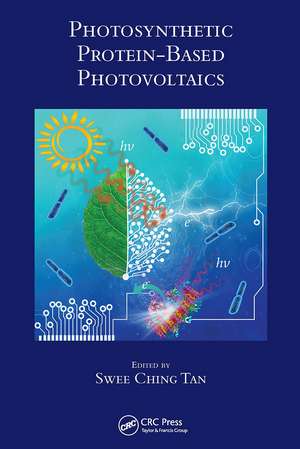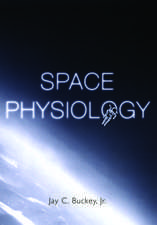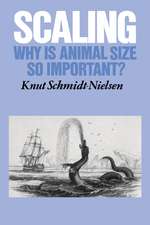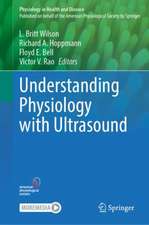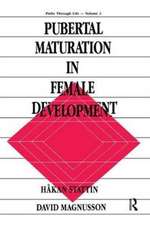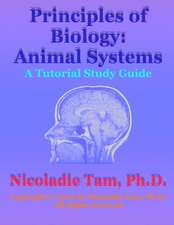Photosynthetic Protein-Based Photovoltaics
Editat de Swee Ching Tanen Limba Engleză Paperback – 29 aug 2022
Although there are many books about the fundamentals of photosynthesis and the various aspects of the photosynthetic processes, this is the first volume to focus on the prospects of studying the photosynthetic proteins, understanding and applying their properties to design prospective solar energy conversion devices that are sustainable and efficient. All in all, the book aims to bring together the present know-how on organic photovoltaics and dye-sensitized solar cells with that of the emerging bio-photovoltaics and the underlying physics of photosynthesis to foster a more eclectic research that would converge towards a sustainable energy technology for the future.
The book mainly serves as a bridge to connect biochemists, who study photosynthetic proteins, and physicists and engineers who design and develop photovoltaic devices. Scientists, engineers and students in the fields of photosynthetic research and solar energy research can use this book as a ready reference.
Key selling features:
- Covers both methods and bio-based materials needed to build bio-based photovoltaics
- Focuses on both techniques and applications
- Summarizes the advantages and limitations of various techniques
- Contributors from multiple disciplines integrate the knowledge of photosynthetic proteins and the physics/engineering of photovoltaic devices.
- Includes adaptive designs and techniques used in other types of solar cells to for the design of protein-based PVs
| Toate formatele și edițiile | Preț | Express |
|---|---|---|
| Paperback (1) | 312.15 lei 6-8 săpt. | |
| CRC Press – 29 aug 2022 | 312.15 lei 6-8 săpt. | |
| Hardback (1) | 894.45 lei 6-8 săpt. | |
| CRC Press – 17 sep 2018 | 894.45 lei 6-8 săpt. |
Preț: 312.15 lei
Preț vechi: 364.04 lei
-14% Nou
Puncte Express: 468
Preț estimativ în valută:
59.75€ • 64.92$ • 50.22£
59.75€ • 64.92$ • 50.22£
Carte tipărită la comandă
Livrare economică 21 aprilie-05 mai
Preluare comenzi: 021 569.72.76
Specificații
ISBN-13: 9781032401782
ISBN-10: 1032401788
Pagini: 254
Ilustrații: 97
Dimensiuni: 156 x 234 x 20 mm
Greutate: 0.44 kg
Ediția:1
Editura: CRC Press
Colecția CRC Press
ISBN-10: 1032401788
Pagini: 254
Ilustrații: 97
Dimensiuni: 156 x 234 x 20 mm
Greutate: 0.44 kg
Ediția:1
Editura: CRC Press
Colecția CRC Press
Cuprins
Learning from nature to improve better solar energy conversion devices. Not just plants perform photosynthesis. The reaction centers of photosynthetic organisms. Physics of electron transfer, dynamics, and pathway in different reaction centers. Working principle of some solar cells technology. Photosynthetic-reaction center solar cells. Alternative approaches to design photosynthetic solar cells. Stability issues and method to overcome this method. Using inorganic nano-materials to recreate photosynthetic proteins. Conclusions and future perspectives.
Notă biografică
Swee Ching Tan received his bachelor’s degree in
Physics from the National University of Singapore
(NUS). He then worked for Hewlett Packard
Singapore and Ireland as a laser process and equipment
engineer to develop new technologies for silicon
micromachining. At Hewlett Packard, he made
two major contributions that helped the company to
achieve major cost-cutting goals and to increase the
throughput within his department. He was honored
with the Award for Outstanding Achievement for
these contributions to the company. He subsequently
gained PhD admission to the University of
Cambridge’s Electrical Engineering Department
with scholarships from Cambridge Commonwealth Trust and the Wingate
Foundation. His PhD work, under the supervision of Professor Sir Mark Welland,
involved using photosynthetic proteins as light-absorbing materials for solar cells.
After completing his PhD, Dr. Tan moved to the Department of Materials Science
and Engineering at the Massachusetts Institute of Technology to become a postdoctoral
associate working on nanoelectronics. He is currently an assistant professor in
the Department of Materials Science and Engineering with NUS Faculty of
Engineering.
Dr. Tan’s research interests span a wide range of areas in the fields of energy
and environmental sciences. The area of biohybrid photovoltaics is a core expertise
of his research lab with a number of new device architectures developed in recent
years. Dr. Tan’s research group has achieved breakthrough energy-harvesting performances
using natural and engineered photoproteins. His research group is also
working on developing organic ionic conductors and work-function engineering for
applications in energy harvesting and photosensing electronic devices. Bridging the
spheres of energy and environment sciences, the research group is also focusing
on developing low-energy and low-cost air filtration and thermal comfort technologies.
By engineering super-hygroscopic materials and hierarchically structured solar
absorbers, the research team led by Dr. Tan aims to develop clean water technologies
that could generate potable water not only from seawater but also out of humid air.
Physics from the National University of Singapore
(NUS). He then worked for Hewlett Packard
Singapore and Ireland as a laser process and equipment
engineer to develop new technologies for silicon
micromachining. At Hewlett Packard, he made
two major contributions that helped the company to
achieve major cost-cutting goals and to increase the
throughput within his department. He was honored
with the Award for Outstanding Achievement for
these contributions to the company. He subsequently
gained PhD admission to the University of
Cambridge’s Electrical Engineering Department
with scholarships from Cambridge Commonwealth Trust and the Wingate
Foundation. His PhD work, under the supervision of Professor Sir Mark Welland,
involved using photosynthetic proteins as light-absorbing materials for solar cells.
After completing his PhD, Dr. Tan moved to the Department of Materials Science
and Engineering at the Massachusetts Institute of Technology to become a postdoctoral
associate working on nanoelectronics. He is currently an assistant professor in
the Department of Materials Science and Engineering with NUS Faculty of
Engineering.
Dr. Tan’s research interests span a wide range of areas in the fields of energy
and environmental sciences. The area of biohybrid photovoltaics is a core expertise
of his research lab with a number of new device architectures developed in recent
years. Dr. Tan’s research group has achieved breakthrough energy-harvesting performances
using natural and engineered photoproteins. His research group is also
working on developing organic ionic conductors and work-function engineering for
applications in energy harvesting and photosensing electronic devices. Bridging the
spheres of energy and environment sciences, the research group is also focusing
on developing low-energy and low-cost air filtration and thermal comfort technologies.
By engineering super-hygroscopic materials and hierarchically structured solar
absorbers, the research team led by Dr. Tan aims to develop clean water technologies
that could generate potable water not only from seawater but also out of humid air.
Descriere
Photosynthetic protein complexes have an overall quantum yield close to 100%. Photovoltaic devices using protein complexes can provide an economical alternative to existing solar cells. This book explains how to build and improve the efficiency of protein solar energy conversion devices.
